Rising majestically above Innsbruck, the Bergisel Ski Jump is an architectural marvel that symbolizes the intersection of athletic prowess and rich history. Its striking silhouette, often likened to a cobra in repose, captivates visitors, enticing them to explore what lies beyond its towering heights. This iconic ski jump not only serves as a competitive platform for elite athletes but also stands as a testament to Austria’s deeply embedded culture of winter sports and its Olympic heritage.
At the heart of contemporary ski jumping, the venue has witnessed incredible moments of triumph and the emergence of new talents. Recently, the Austrian ski jumping community celebrated an impressive feat during the Four Hills Tournament, where athlete Daniel Tschofenig proudly contributed to a glorious 1-2-3 finish for Austria within the time-honored event. This surge of success sets the stage for any visitor eager to experience the spirit of competition that defines Bergisel.
An Adventurous Ascent
Our journey to Bergisel began with an early morning departure, opting to forego the standard hotel breakfast in anticipation of the renowned champagne brunch that awaited us at the top. We caught tram line 1 to the ski jump, savoring the crisp mountain air as we approached the base. The funicular promised an exhilarating ride upwards, transporting us to the Bergisel Sky, an observation point that offers a glass-walled panorama of Innsbruck, with the stunning snow-capped Alps sprawling beyond.
The vista upon arrival is nothing short of breathtaking—the ski jump itself stands as a focal point, framed against the backdrop of a picturesque cityscape. The experience of observing ski jumpers soar from these heights conjures a mix of admiration and a spike of adrenaline, encouraging visitors to reflect on the demanding nature of this exhilarating sport.
The Artistry and Discipline of Ski Jumping
Our visit took an insightful turn when we met Andreas, an experienced ski jumper who exuded calmness contrary to the thrill of his profession. He graciously guided us to an elevated platform near the summit of the jump, a dizzying height that left us in awe. Here, Andreas unraveled the complexities of ski jumping—a sport that demands more than just physical aptitude but also years of rigorous training.
He explained that most ski jumpers embark on their journey as children, often starting as young as six years old. The path to mastering ski jumping is methodical, with athletes first conquering smaller jumps before progressing to more formidable heights. What struck us was the counterintuitive method of training: younger jumpers, when ready, begin their runs from higher positions on the slope to achieve the necessary speed for a successful take-off.
Safety regulations govern every action in this high-stakes sport. From the meticulously designed suits that prevent undue aerodynamic advantages to the specialized boots that ensure optimal posture, each component is essential. Watch as athletes brave the elements and their own fears, performing acrobatics while soaring through the air.
Andreas provided us with a unique opportunity to participate in a pre-jump experience. Inviting us to sit on the “tremble bench”—the last outpost before taking the leap—was a thrill in itself. Harnessed securely, we shuffled down the bench, adopting the stance ski jumpers assume just prior to their descent. It was an exhilarating moment, giving us a taste of the momentous decision to launch oneself from such intimidating heights.
Before our descent back to solid ground, we marveled at the spectacular panorama from the visitor platform. Surely, even if one does not partake in the brunch or conversation with a ski jumper, the view alone is worth the visit. Upon returning to the base of the jump, the imposing height we had just admired from above now appeared even more daunting, solidifying our respect for the athletes who take to the air.
As we explored the surrounding area, we were greeted with information that illuminated the venue’s storied past. From its architectural design, famously known as the “fish belly,” to the majestic grandstands that accommodate up to 28,000 spectators, the Bergisel Ski Jump is steeped in Olympic heritage. One notable historical event occurred in 1988 when Pope John Paul II celebrated a mass here, attracting an audience of over 66,000, showcasing the venue’s significance beyond the realm of sports.
The presence of the Olympic rings and remnants of the flame cauldrons evoke an enduring legacy, reminding us that Bergisel serves not only as a competitive arena but also as a cherished landmark where history continues to resonate. Our time spent at the Bergisel Ski Jump was far more than mere observation; it was an opportunity to delve into the fearless world of ski jumping, revealing the delicate balance of bravery, discipline, and the enduring human spirit that it embodies.

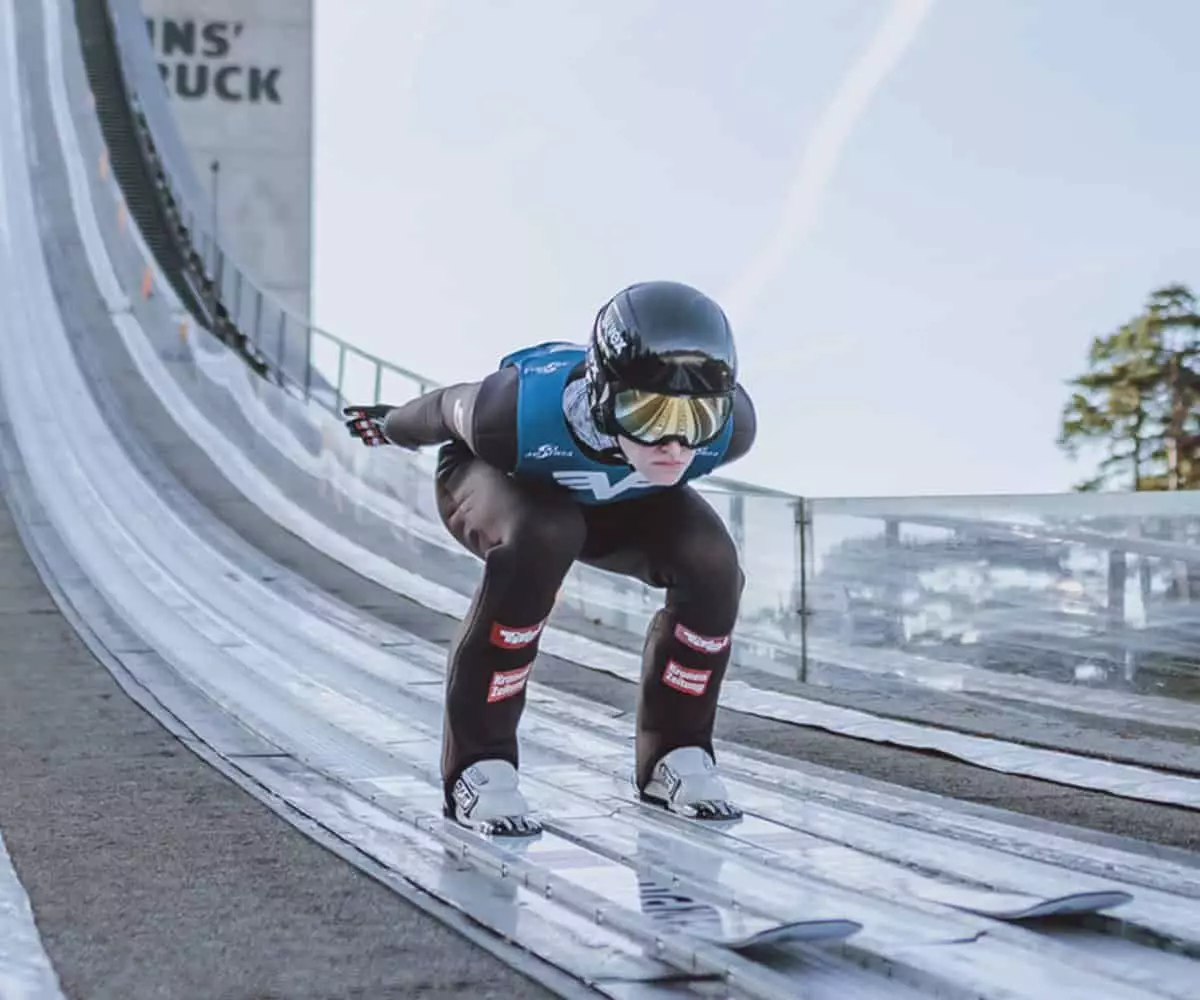

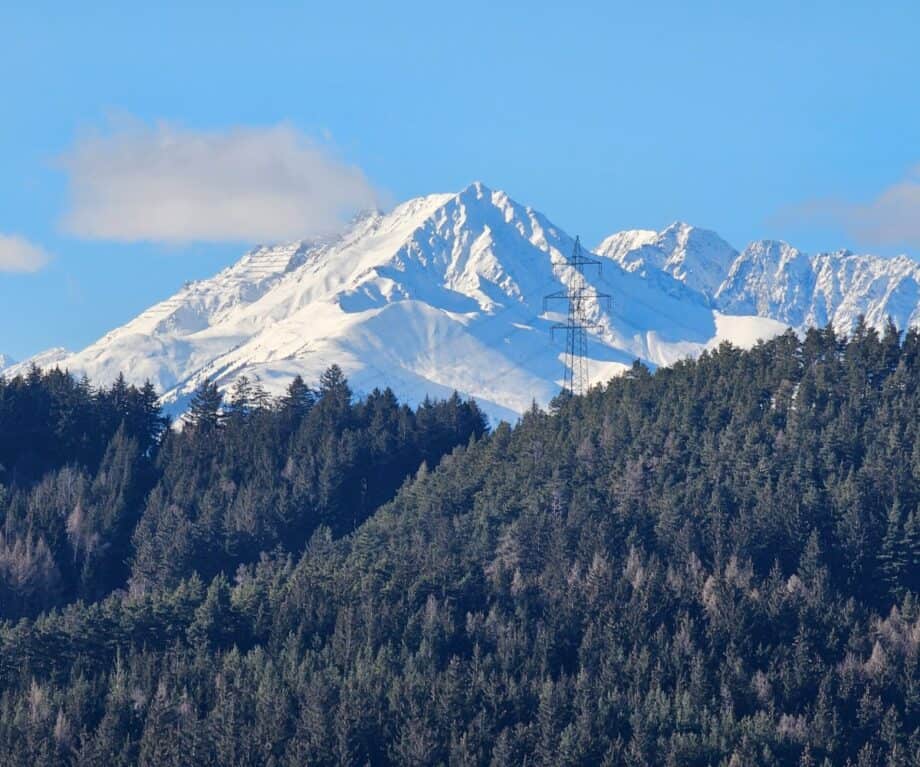
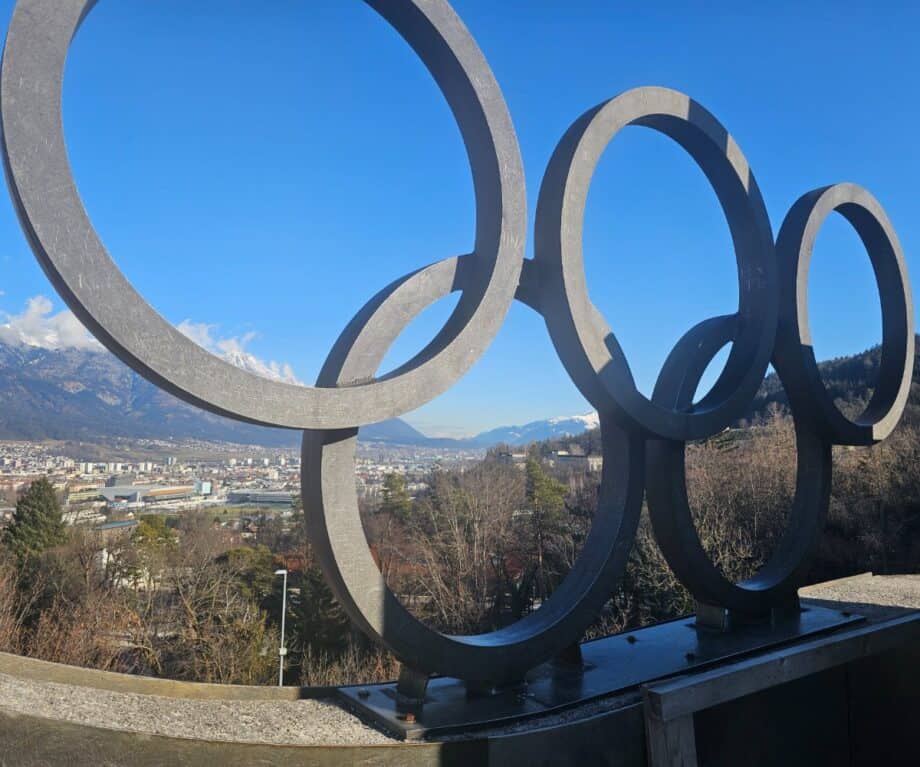
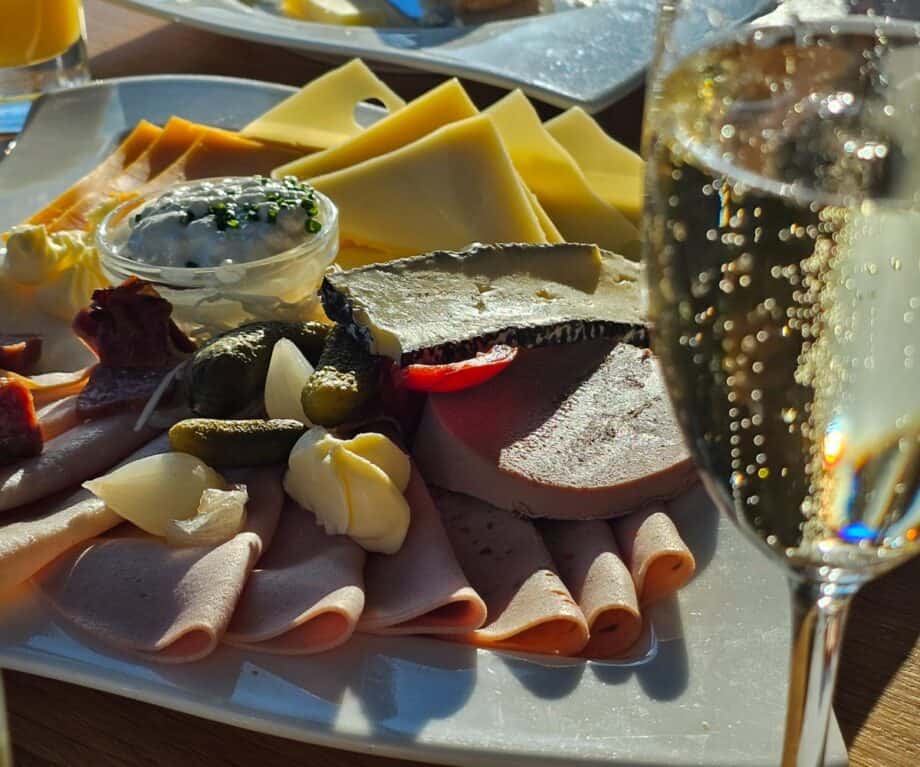

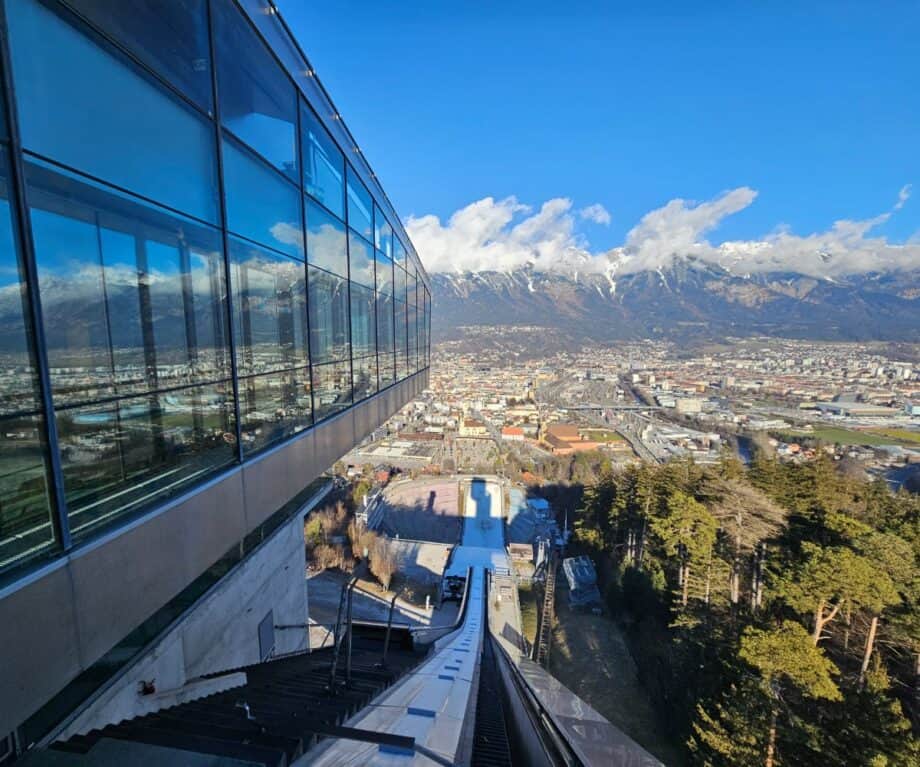
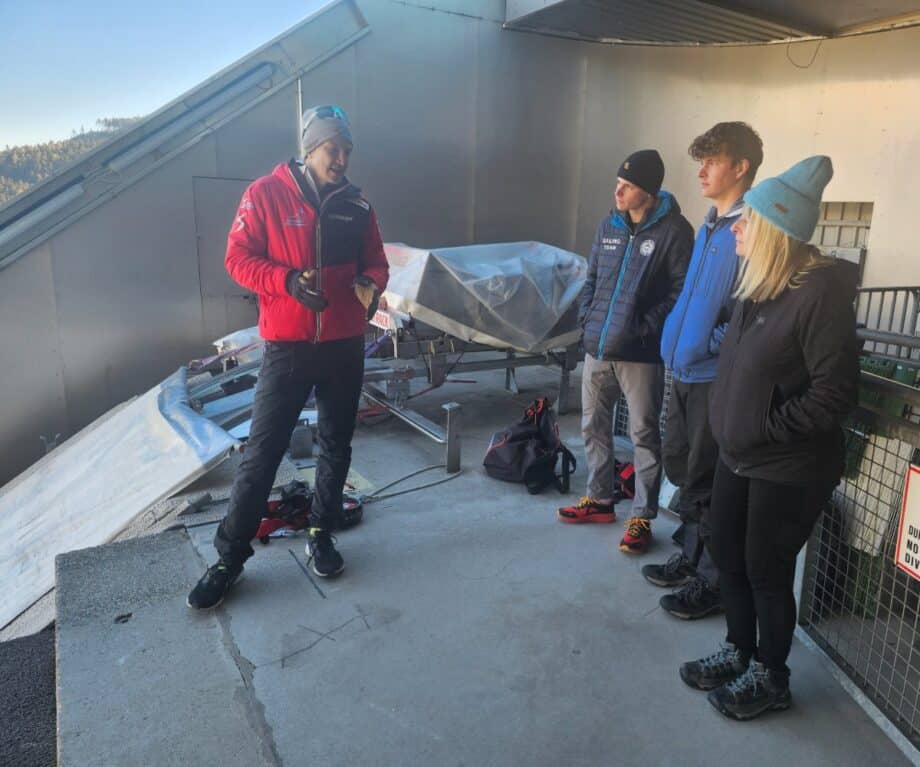
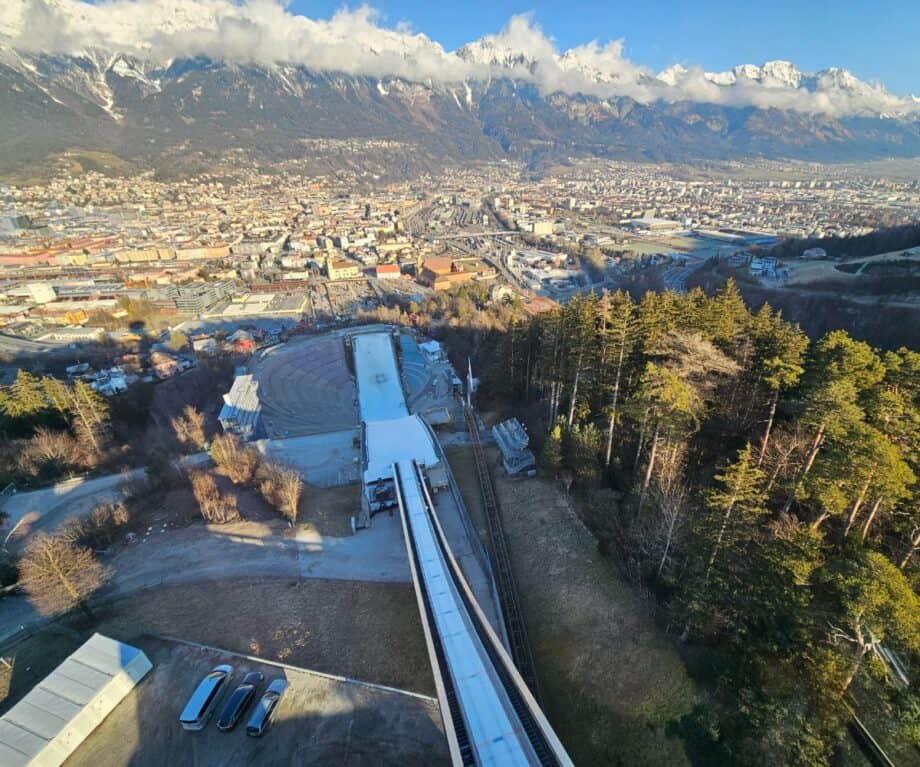
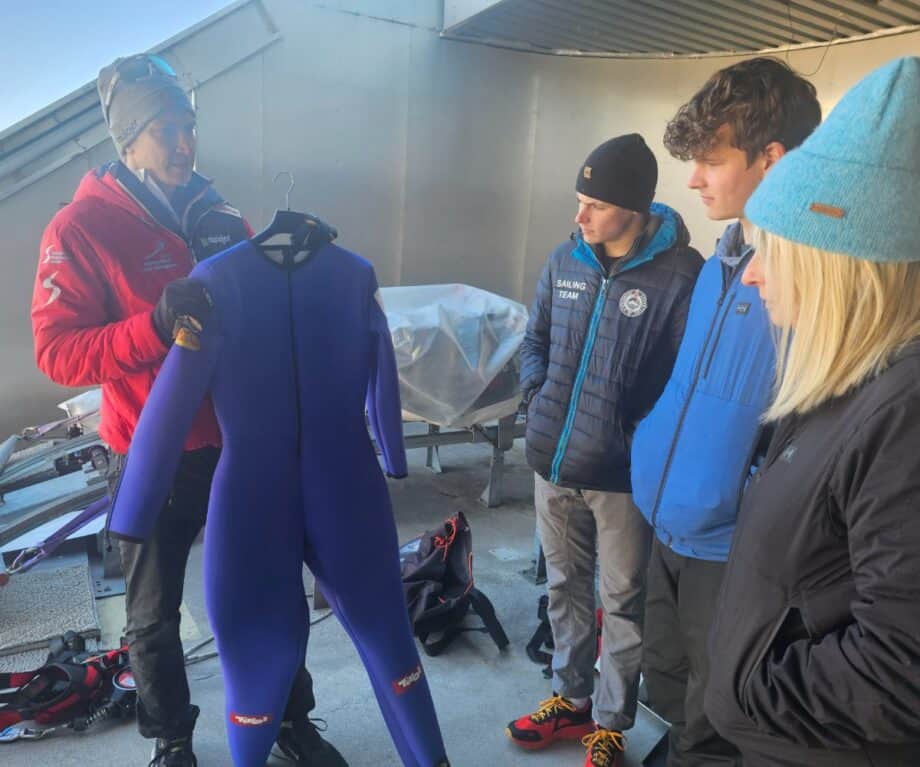
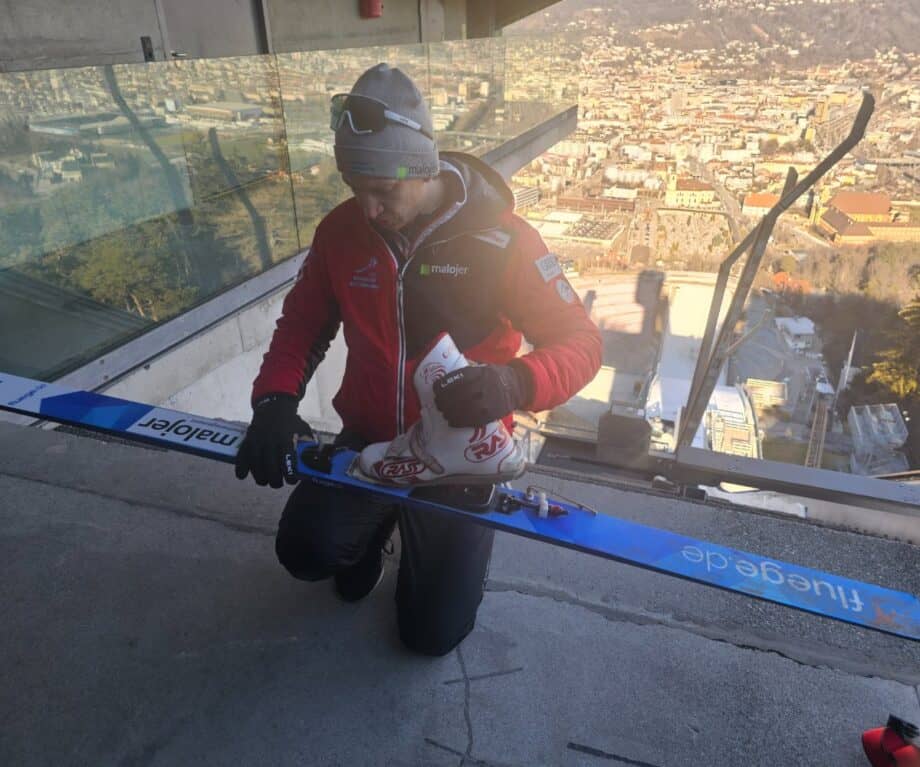
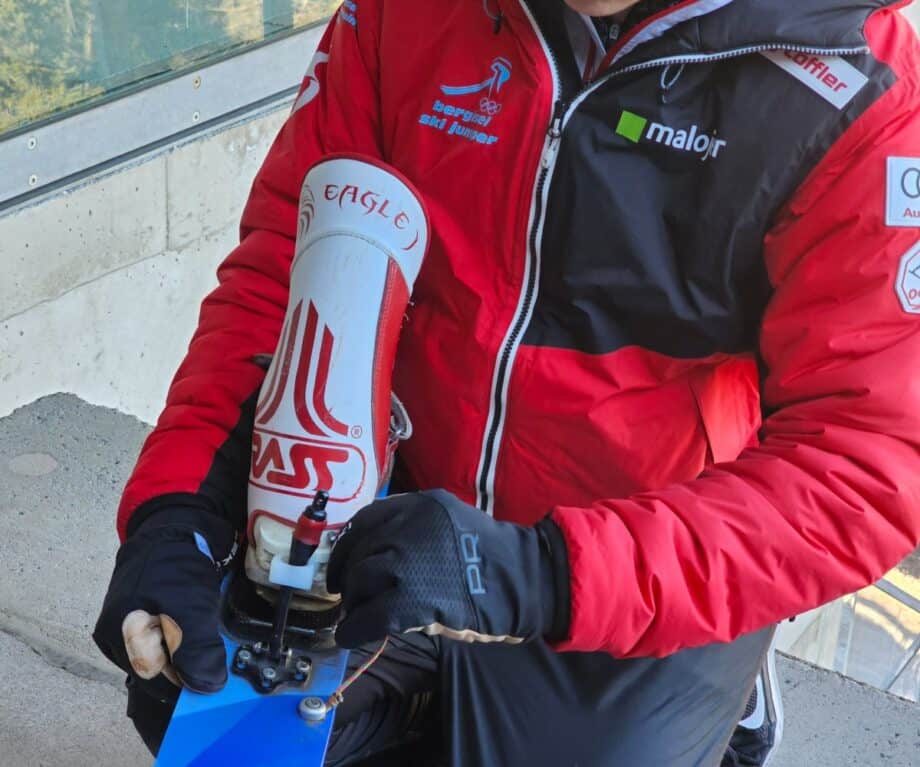




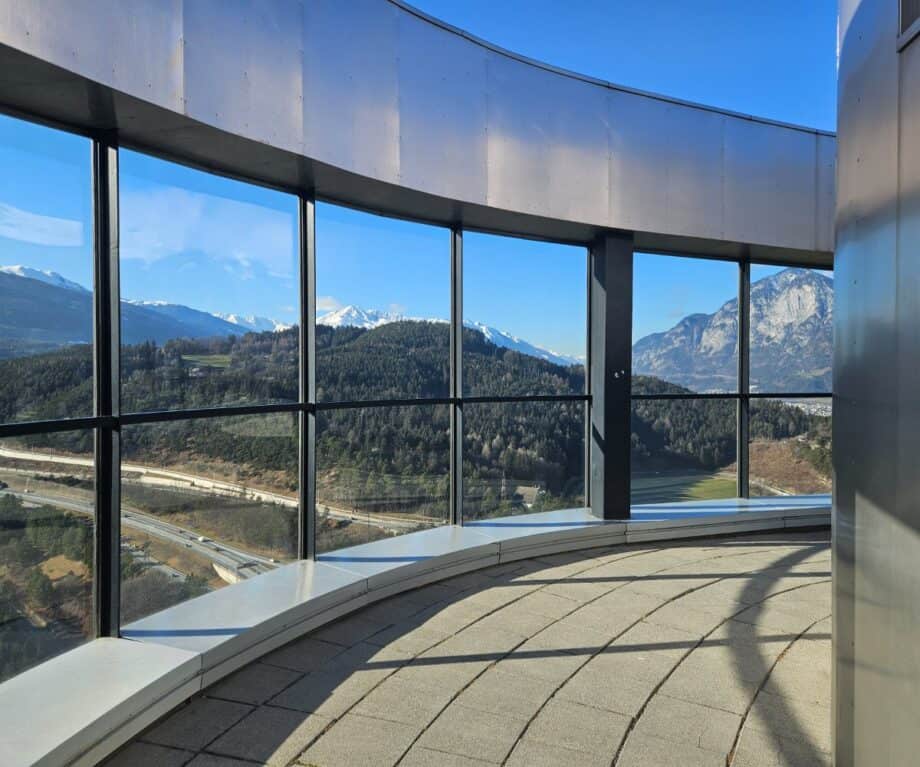
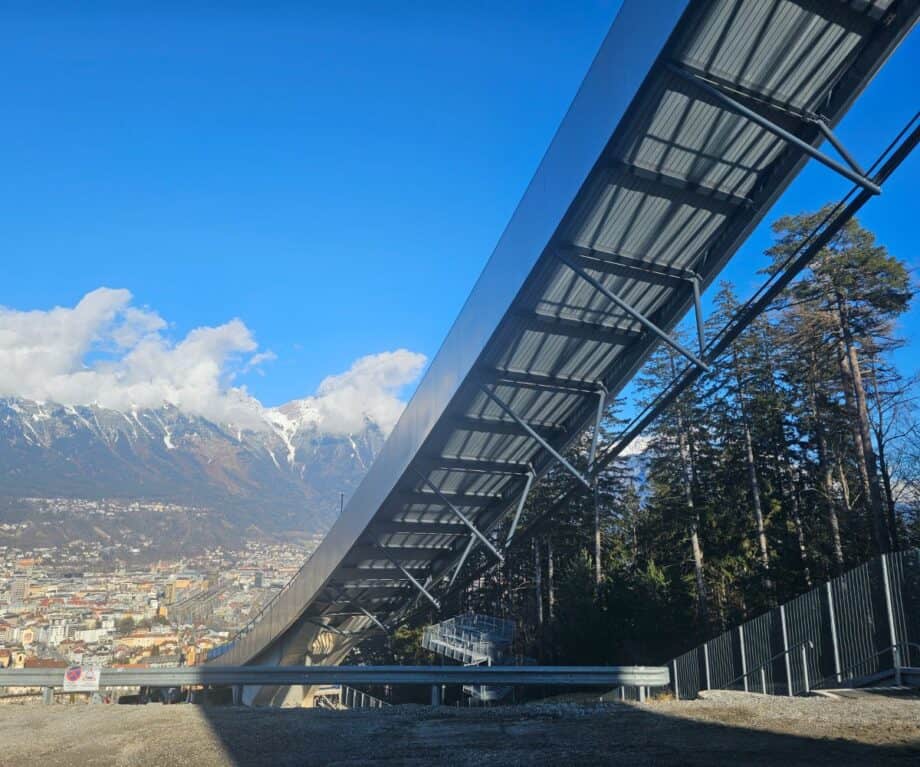

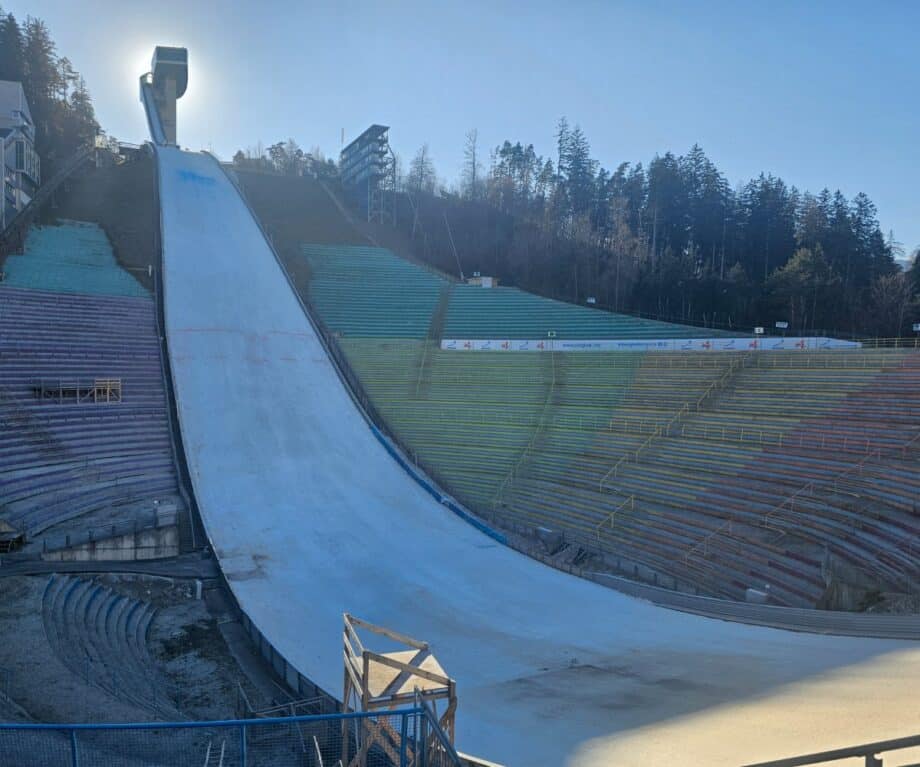
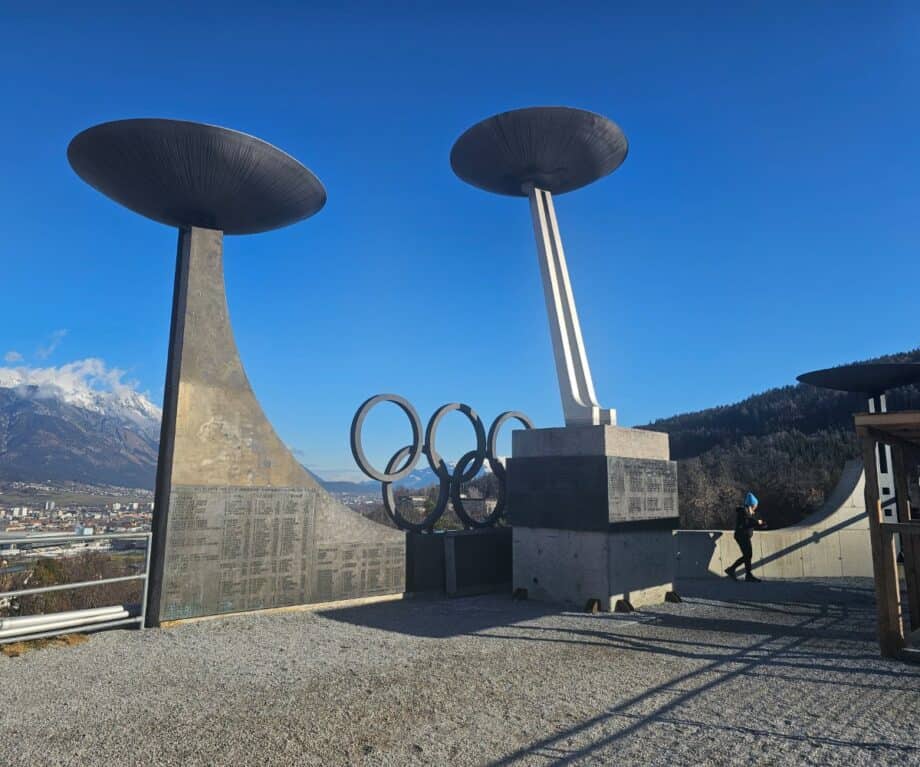
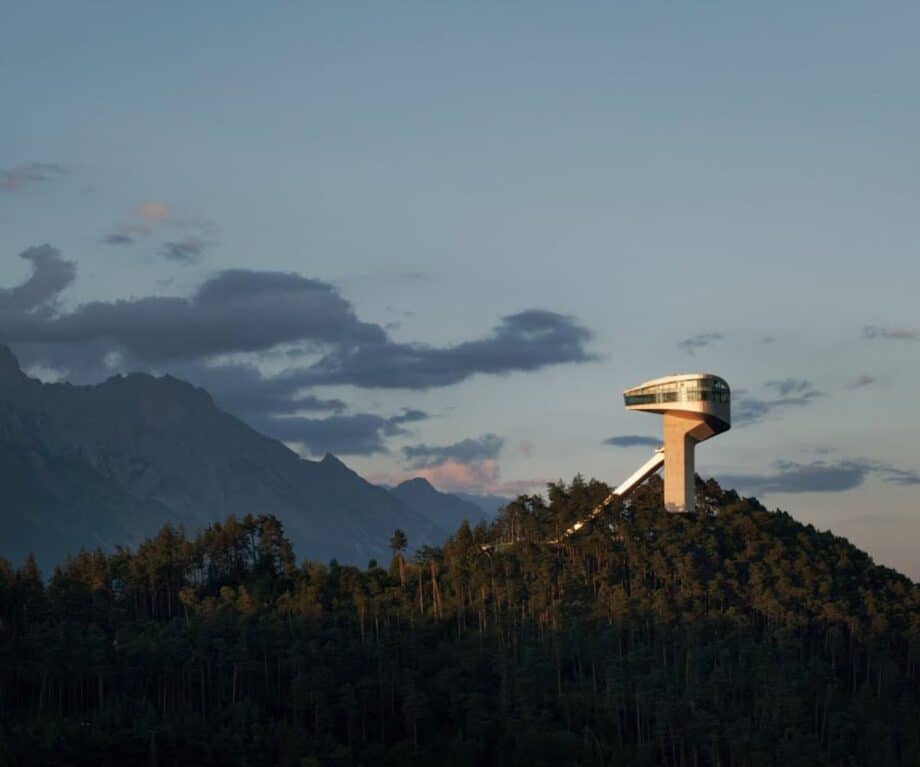
Leave a Reply